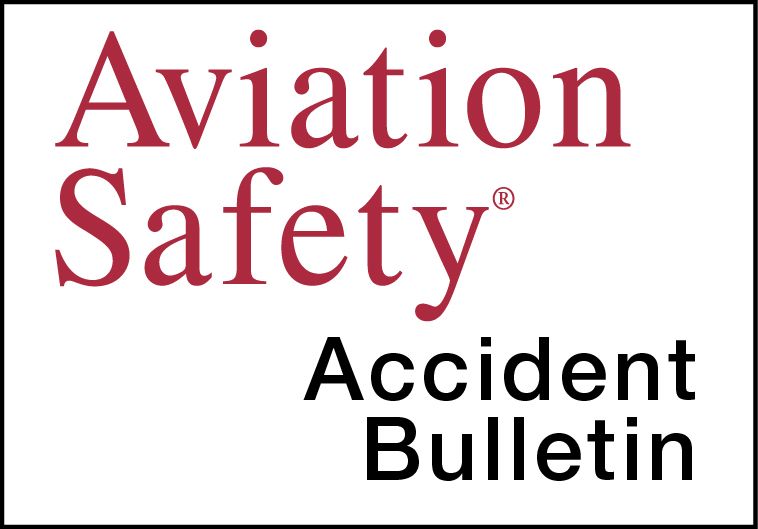AVweb’s General Aviation Accident Bulletin is taken from the pages of our sister publication, Aviation Safety magazine. All the reports listed here are preliminary and include only initial factual findings about crashes. You can learn more about the final probable cause on the NTSB’s website at www.ntsb.gov. Final reports appear about a year after the accident, although some take longer. Find out more about Aviation Safety at www.aviationsafetymagazine.com.
September 8, 2019, Marathon, Fla.
Cessna 210A
The airplane was destroyed at 0630 Eastern time when it impacted the Gulf of Mexico shortly after takeoff. The commercial pilot and passenger were fatally injured. Night visual conditions prevailed.
A review of ADS-B data revealed it departed and initially made a right climbing turn, reaching 425 feet MSL about 90 degrees through the turn, before descending as the turn continued and impacting the water. The airplane’s groundspeed increased from about 70 knots at liftoff, to 100 knots at the height of the right climbing turn, to 146 knots at the end of the data. The wreckage was subsequently recovered and inspected but no evidence of a pre-impact systems failure could be identified.
September 11, 2019, ST. Augustine, Fla.
Beechcraft K35 Bonanza
At about 1730 Eastern time, the airplane was substantially damaged during a runway excursion after landing. The commercial pilot and pilot-rated passenger sustained minor injuries. Visual conditions prevailed.
According to the pilot, after landing and about halfway through the rollout at 40-50 knots, the airplane suddenly veered to the right. She attempted to correct the turn with left rudder and brake but was unsuccessful. The airplane departed the runway into the grass, struck a berm, flipped over and came to rest inverted. The pilot further stated that she had not yet applied the brakes nor retracted the flaps from their partially extended position. A witness observed white smoke coming from the main landing gear tires immediately before the airplane began to veer.
Black skid marks were found on the runway leading off the right edge into the grass. Both wheel brakes, both ruddervators and the nosewheel steering all functioned normally when pressing the rudder pedals. The airplane did not have optional copilot-side brake pedals installed. The parking brake was disengaged. No hydraulic leaks were visible on any of the brake fittings or components. Both main landing gear wheels rolled smoothly when the airplane was moved during recovery.
The right main landing gear tire had a flat spot worn through to the reinforcement cords in the tread section. The right brake master cylinder was removed and disassembled. The o-rings were intact with no signs of leakage, the return spring was intact and the cylinder did not exhibit scoring or signatures of abnormal wear. The most recent brake maintenance occurred during an annual inspection in January, 59 flight hours earlier, when the right brake caliper was replaced.
September 13, 2019, Hoagland, Ind.
Cirrus SR22
The airplane was substantially damaged at about 1545 Eastern time when it descended under canopy and impacted terrain following an inflight loss of engine power. The private pilot and passenger sustained minor injuries. Instrument conditions were reported in the area and the flight operated on an IFR flight plan.
During an earlier flight that day, the pilot diverted when the low oil pressure indicator illuminated. Once on the ground, mechanics inspected the engine but could not find evidence of oil leaks. They adjusted the oil pressure sensor and the pressure relief value. Subsequent testing and run-ups revealed no discrepancies. The pilot then departed for his destination.
While en route and almost simultaneously, the engine stopped, the red oil pressure light came on, and a few gauges on the avionics display showed large red Xs, indicating they were no longer receiving data. The pilot performed the engine restart checklist many times, with multiple variations of throttle, mixture, boost pump and fuel selector settings. The propeller windmilled and subsequently came to a full stop. When he realized he would not be able to glide to a nearby airport, the pilot deployed the airframe parachute, and the airplane descended to the ground.
This article originally appeared in the December 2019 issue of Aviation Safety magazine.
For more great content like this, subscribe to Aviation Safety!


































